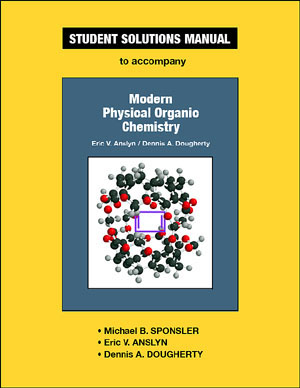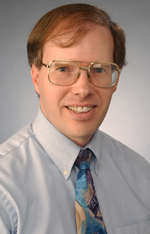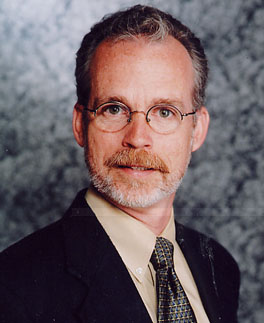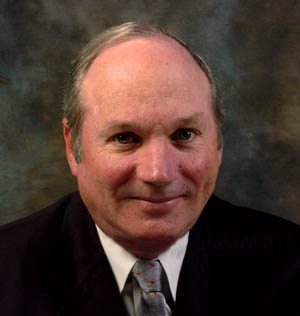
Student Solutions Manual to accompany Modern Physical Organic Chemistry
This Student Solutions Manual, which provides complete solutions to all of the nearly 600 exercises in the accompanying textbook, will encourage students to work the exercises, enhancing their mastery of physical organic chemistry.
View Solutions Manual SourceSummary
This Student Solutions Manual, which provides complete solutions to all of the nearly 600 exercises in the accompanying textbook, will encourage students to work the exercises, enhancing their mastery of physical organic chemistry. When used properly by students to compare their solutions with the detailed solutions provided in the manual, it will serve as an excellent tool for sharpening skills and encouraging a deeper understanding of the concepts that are covered. Like the accompanying text by Anslyn and Dougherty, this manual also includes Going Deeper highlights on selected topics, where students can explore exceptions to the rule, discover surprising connections between topics, and gain insights into practical aspects of the material. Problem-solving strategies will be enhanced by students’ coordinated use of the textbook and this manual.
Resources
List of Adoptions
View Contents and Preface in PDF Format
View Sample Chapter (6) in PDF Format
To the Student
Table of Contents
Chapter 1: Introduction to Structure and Models of Bonding, Solutions
Chapter 2: Strain and Stability, Solutions
Chapter 3: The Thermodynamics of Solutions and Noncovalent Binding Forces, Solutions
Chapter 4: Molecular Recognition and Supramolecular Chemistry, Solutions
Chapter 5: Acid-Base Chemistry, Solutions
Chapter 6: Stereochemistry, Solutions
Chapter 7: Energy Surfaces and Kinetic Analyses, Solutions
Chapter 8: Experiments Related to Thermodynamics and Kinetics, Solutions
Chapter 9: Catalysis, Solutions
Chapter 10: Organic Reaction Mechanisms Part 1: Reactions Involving Additions and/or Eliminations, Solutions
Chapter 11: Organic Reaction Mechanisms Part II: Substitutions at Aliphatic Centers and Thermal Isomerizations/Rearrangements, Solutions
Chapter 12: Organotransition Metal Reaction Mechanisms and Catalysis, Solutions
Chapter 13. Organic Materials Chemistry, Solutions
Chapter 14. Advanced Concepts in Electronic Structure Theory, Solutions
Chapter 15: Thermal Pericyclic Reactions, Solutions
Chapter 16: Photochemistry, Solutions
Chapter 17: Electronic Organic Materials, Solutions
Appendix



